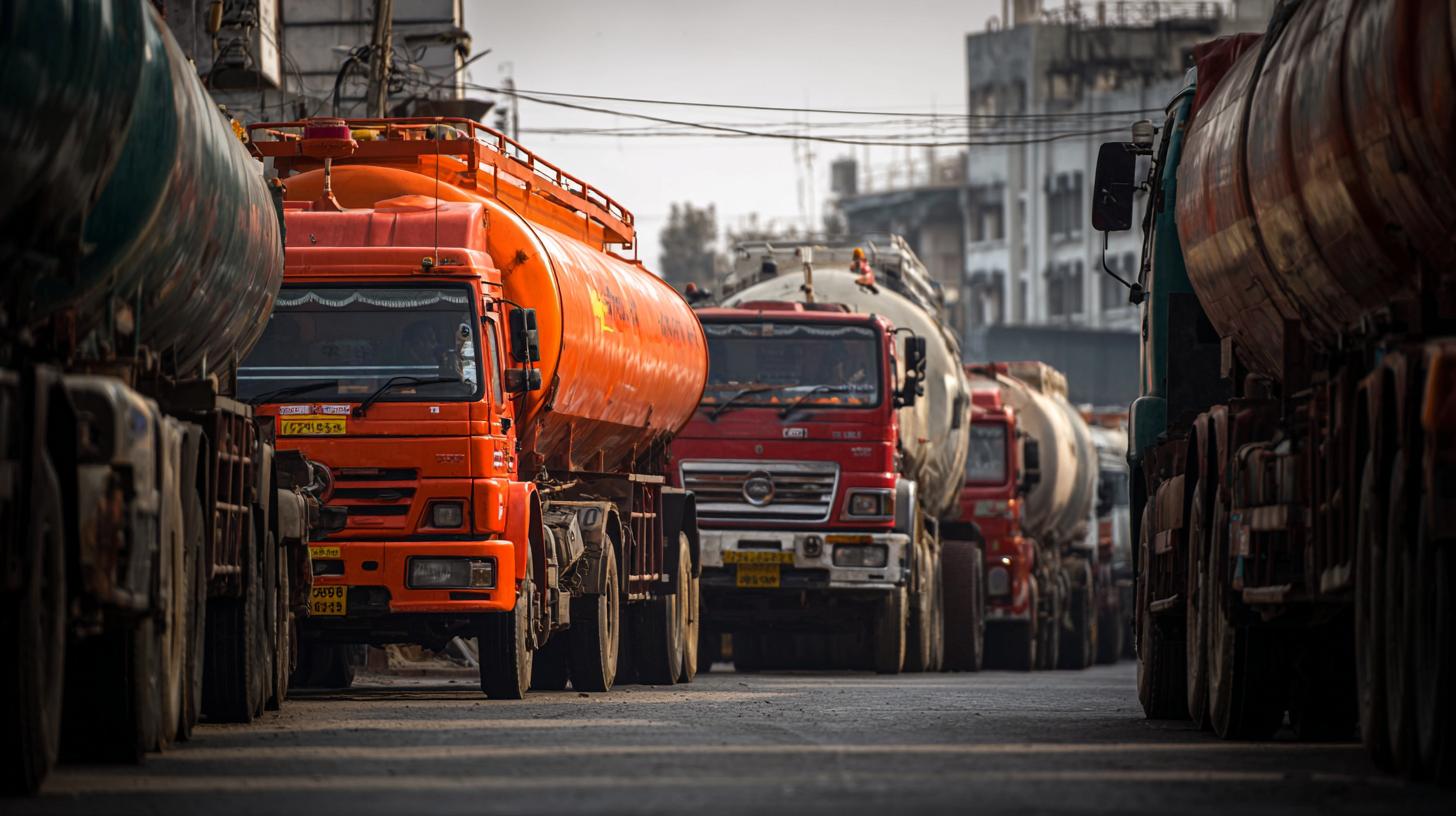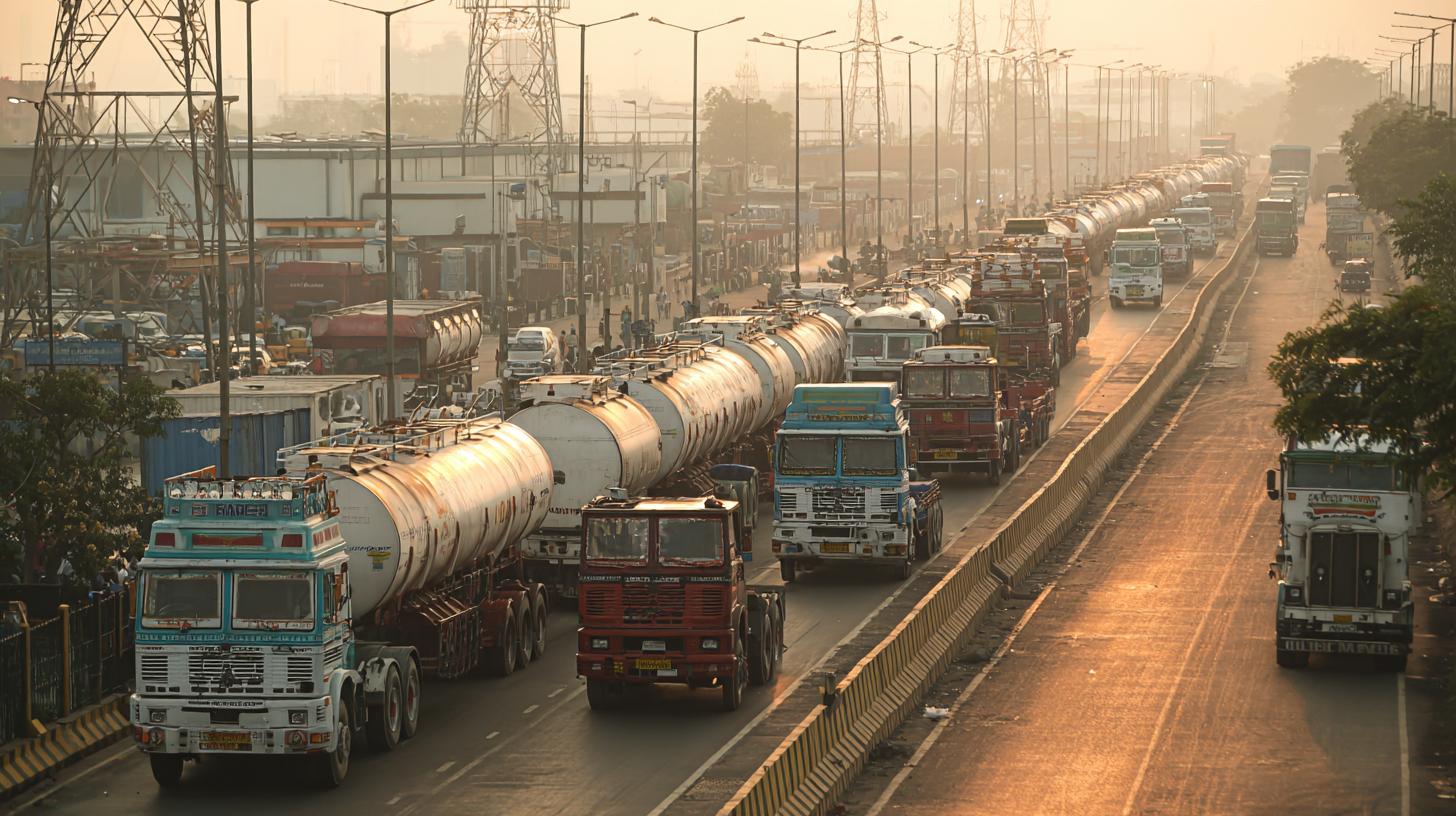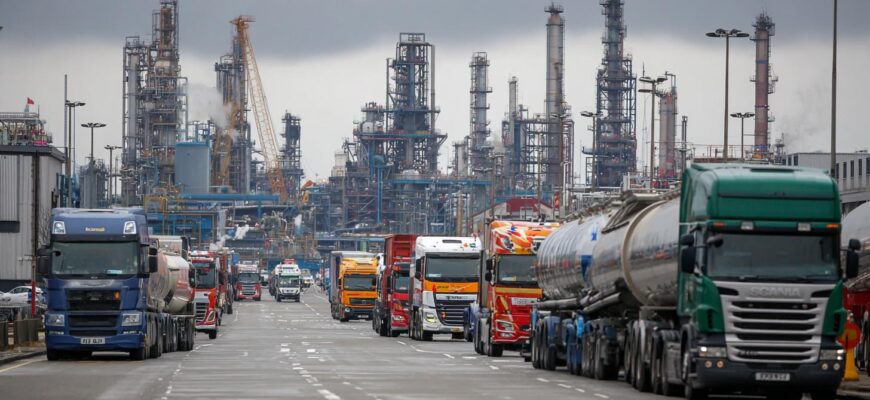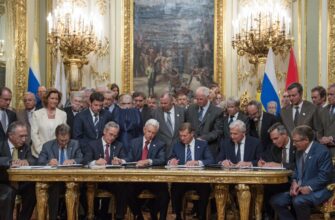The diesel trade between India and Europe has become one of the more intriguing shifts in global energy flows. As Europe navigates the twin challenges of reducing reliance on Russian supplies and accelerating an EU fuel transition toward cleaner alternatives, India Euro diesel exports are stepping into a role few predicted a decade ago. This article walks you through the why, how, and what next — how EU diesel imports India have jumped, how the Russian fuel ban Europe measures changed market dynamics, and what this means for the diesel market Europe long term. If you follow trade, energy policy, or the economics of refining, this is a story that connects geopolitics, industry adaptation, and supply-chain ingenuity.
- Why European Buyers Are Turning to India
- India’s Refining Advantage
- Market Timing and Flexibility
- How the Russian Fuel Ban Europe Changed Flows
- Immediate Effects on Prices and Availability
- Regulatory and Logistical Hurdles
- Who Gains and Who Loses in the Diesel Market Europe?
- Table: Comparative Snapshot — Sourcing Diesel for Europe
- Logistics and Quality: Making India Euro Diesel Exports Work
- Key Operational Strategies
- Policy, Decarbonization, and the Broader EU Fuel Transition
- Policy Implications to Watch
- Market Mechanics: Pricing, Contracts, and Future Scenarios
- Scenario Table: Where Could This Lead?
- Practical Advice for Stakeholders
- Checklist for Companies
- What This Means for Consumers and End Users
- Conclusion
Why European Buyers Are Turning to India
When Europe faced the prospect of losing significant volumes of Russian fuel, buyers had to look elsewhere fast. The Russian fuel ban Europe measures — whether formal sanctions or informal commercial shifts — removed a major, low-cost supplier from many destination markets. That vacuum created immediate demand for diesel, and India emerged as a logical alternative. India’s refiners rapidly expanded their ability to produce high-specification diesel — often called Euro diesel because it meets the sulphur and emissions standards required in European markets — and exporters took advantage.
There are several reasons European firms chose to increase EU diesel imports India rather than immediately rewiring their logistics to other traditional suppliers. India’s refining fleet is flexible and cost-competitive, Indian refiners have ample spare capacity after domestic demand cycles, and shipping routes from Indian ports to northern Europe are well established. In short, India Euro diesel exports satisfied a pressing need at a competitive price.
India’s Refining Advantage
India’s refining system has matured into a global supplier of middle distillates, including diesel that conforms to Euro chemical specifications. Modernization and investment in upgrading facilities meant Indian refineries could produce diesel with the low sulphur content European buyers demand. That made India a practical partner as the diesel market Europe shifted.
Market Timing and Flexibility
Markets are often about timing. European buyers were looking for fast, flexible solutions. India’s exporters could load cargoes quickly and adapt to changes in product specifications and shipping windows. That nimbleness allowed EU diesel imports India to spike during critical months, smoothing what could have been a much steeper supply disruption when Russian flows subsided.
How the Russian Fuel Ban Europe Changed Flows
The phrase Russian fuel ban Europe encompasses a set of measures and market reactions rather than a single action. Whether implemented through sanctions, restrictions on insurance and shipping, or buyers’ reluctance to be associated with Russian fuel, the net effect was lower Russian diesel availability to European buyers. The diesel market Europe had for years relied on Russian barrels for a meaningful share of consumption — and once that steady source shrank, trading patterns adapted fast.
In this new context, EU diesel imports India became a headline. The shift didn’t just involve volume substitution; it also forced Europe to rethink logistics, price risk management, and long-term supply security. Buyers began diversifying supplier lists, expanding term contracts, and re-evaluating storage strategies — all while working through the shipping, tariff, and regulatory implications of sourcing diesel from South Asia.
Immediate Effects on Prices and Availability
Price volatility followed the disruption. Diesel market Europe experienced spikes as traders and refiners tried to match supply with demand. Indian cargoes often helped cap price spikes by providing competitively priced alternative supplies, and that steadying influence encouraged more buyers to sign repeat contracts for India Euro diesel exports.
Regulatory and Logistical Hurdles
Shipping diesel from India to Europe adds transit time and freight cost, and there are regulatory checks on fuel quality and emissions specs when crossing regional compliance regimes. Still, traders found ways to blend cargoes, adjust shipping methods, and secure the necessary certifications to make deliveries acceptable to European end users. The combination of Indian product availability and commercial creativity overcame many of the initial hurdles.
Who Gains and Who Loses in the Diesel Market Europe?
Change creates winners and losers. Understanding who benefits from increased EU diesel imports India and who faces pressure helps make sense of broader market shifts.
- Winners: Indian refiners and traders. Increased export volumes boost utilization and margins. Companies able to produce Euro-spec diesel find improved access to profitable European markets.
- Winners: European buyers looking for diversification. Access to alternative suppliers reduces single-source risk and enhances negotiating leverage.
- Losers: Some Russian exporters. As policies and practical constraints limit access to certain European markets, Russian exporters have to find new buyers or accept lower prices.
- Potential losers: Long-haul shipping costs and logistics providers. Higher freight exposure and longer routes can increase total landed cost for buyers, though this is often priced into contracts.
- Transitional losers: Domestic European refiners with older assets. Competition from low-cost Indian supplies may pressure margins for less efficient European producers.
Table: Comparative Snapshot — Sourcing Diesel for Europe
| Factor | Russian Supply (pre-ban) | India Euro Diesel Exports | Alternative Suppliers |
|---|---|---|---|
| Typical Price | Often lower, advantaged by geography | Competitive, slightly higher freight-adjusted | Varies — Mideast often similar, US/Canada higher |
| Compliance with EU specs | Generally compliant | Compliant when refined to Euro specs | Depends on supplier; some need upgrades |
| Supply Flexibility | Stable pre-ban | High — rapid ramp-up possible | Moderate to high, depending on spare capacity |
| Transit Time to Europe | Short (from Russia/Black Sea) | Medium (India to NW Europe longer) | Varies widely |
Logistics and Quality: Making India Euro Diesel Exports Work
Supplying fuel is about more than volume — it’s about quality and logistics. For EU buyers, diesel has to meet environmental standards and technical specs. India’s refiners increasingly produce Euro-spec diesel that satisfies these requirements, which is why EU diesel imports India have been welcomed. However, shipping and storage also matter. Cargo planning, bunkering, cargo blending, and port handling all add layers of complexity. Traders, refiners, and European buyers have been coordinating more tightly to ensure shipments meet technical and timing needs.
Key Operational Strategies
- Pre-clearance and lab testing: Sellers provide documentation and sample lab tests before cargoes leave port to reassure buyers about quality.
- Blending and additives: To meet precise Euro diesel specs, refiners sometimes blend different streams or add stabilizers to adjust cetane numbers or sulphur content.
- Term contracts and spot buying mix: Buyers balance term contracts for security with spot purchases to exploit favorable pricing from India Euro diesel exports.
- Strategic storage in EU ports: To manage transit delays, some buyers maintain strategic storage that can absorb supply swings and give them negotiating leverage.
Policy, Decarbonization, and the Broader EU Fuel Transition

The shift toward India as a supplier is happening against the backdrop of the EU fuel transition. Europe is planning long-term decarbonization steps: electrification of road transport, greater use of alternative fuels, and stricter emissions standards. In that context, the surge in India Euro diesel exports is partly a bridge — a market response to an immediate supply shock that fills a gap while Europe manages the long, structural transition away from fossil fuels.
Importing diesel from India cannot be the long-term climate solution for Europe; it’s a tactical choice. As the EU fuel transition accelerates, demand for diesel is expected to trend down over years or decades. But that decline will be uneven and punctuated by economic cycles, so markets will require physical barrels during the transition. India’s role may be to supply that transition window while Europe invests in cleaner alternatives, retrofits, and new infrastructures like charging networks, hydrogen supply chains, and biofuel distribution systems.
Policy Implications to Watch
- Tariff and trade policy adjustments that influence landed cost of EU diesel imports India.
- Environmental regulations in ports and on shipping that could change freight economics.
- Incentives for synthetic diesel, hydrogen, or biofuels that may reduce diesel demand later.
- Long-term contracts or partnership frameworks between Indian refiners and European utilities or trading houses.
Market Mechanics: Pricing, Contracts, and Future Scenarios
Understanding the diesel market Europe requires following prices and contract structures. In the short term, volatility is elevated. Long-term, the market will adjust as the EU fuel transition takes shape. Traders and companies use a combination of tools to manage this environment. Hedging through futures and swaps, entering term contracts for a portion of demand, and negotiating flexible clauses in supply agreements are all common strategies.
If the Russian fuel ban Europe remains in effect or becomes stricter, EU diesel imports India could remain at elevated levels for several quarters or even years. Conversely, if geopolitics shift or alternative supplies ramp up quickly, volumes could moderate. Either way, India Euro diesel exports created a new baseline of supply diversity that European players now factor into planning.
Scenario Table: Where Could This Lead?
| Scenario | What Happens | Implication for Diesel Market Europe |
|---|---|---|
| Prolonged Restrictions on Russian Fuel | EU diesel imports India stay high; other suppliers also increase | Higher long-term diversification, stronger India-EU trade links |
| Rapid EU Fuel Transition | Diesel demand declines over years; India finds other markets | Short-term spike followed by smoother decline in volumes |
| Geopolitical Reconciliation | Russian volumes return; India exports normalize | Market rebalanced; focus returns to price competition |
Practical Advice for Stakeholders
Whether you are a trader, a policy analyst, or a business leader in the energy sector, there are practical steps to consider. Buyers should diversify suppliers and lock in quality assurances. Refiners and traders in India should invest in logistics, compliance, and customer relationships in Europe. Policy makers should recognize that trade flows like EU diesel imports India can be both a response to geopolitical disruption and a source of short-term resilience for consumers — but not a substitute for strategic decarbonization planning under the EU fuel transition.
Checklist for Companies
- Ensure product specs align with European regulatory requirements.
- Negotiate flexible delivery terms to manage freight risk and storage.
- Invest in lab testing and documentation to streamline customs and port clearance.
- Assess hedging and contract structures to protect margins during volatility.
What This Means for Consumers and End Users
Most end consumers won’t notice where their diesel comes from beyond price and availability. But the upstream changes influence retail prices, supply security, and the pace at which fuels transition. If Europe can secure enough supply during transition years, it can pursue decarbonization without disruptive shortages. India Euro diesel exports help reduce short-term price spikes and maintain mobility and industrial activity while the EU fuel transition policies take longer to show full effect.
Conclusion

The surge in EU diesel imports India is a clear example of how global markets adapt to geopolitical and policy shocks. The Russian fuel ban Europe prompted buyers to diversify quickly, and India’s ability to supply Euro-spec diesel filled an urgent gap while Europe pursues a longer-term EU fuel transition. Traders, refiners, and policymakers should view this shift as both a market response and a lesson: diversification, compliance, and logistics matter just as much as policy targets, and India Euro diesel exports are likely to remain a meaningful part of the diesel market Europe mix for as long as supply disruptions persist and demand transitions gradually.
Want to stay updated on energy trade shifts, policy changes, and market analysis like this? Explore more in-depth pieces, data-driven articles, and timely commentary at https://themors.com/ — your hub for smart coverage on global markets and energy trends.









